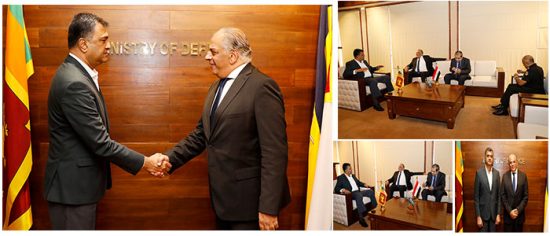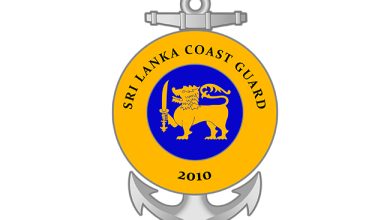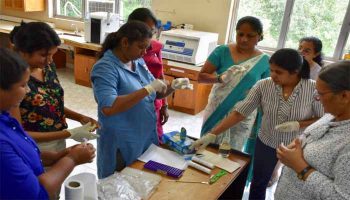
In a gesture underscoring the enduring ties between Egypt and Sri Lanka, the Ambassador of the Arab Republic of Egypt, H.E. Adel Ibrahim, paid a courtesy call on the Defence Secretary, Air Vice Marshal Sampath Thuyacontha (Retd), at the Ministry of Defence in Sri Jayawardenepura, Kotte, today (May 27).
The Egyptian envoy was warmly received by the Defence Secretary, and the meeting unfolded in a spirit of cordiality and mutual respect. At the heart of the discussion was a shared commitment to further strengthening bilateral relations — particularly in the realm of defence cooperation.
The conversation placed special emphasis on academic and professional exchanges through the Defence Services Command and Staff College (DSCSC), highlighting the importance of international military education as a foundation for trust and collaboration. Both parties explored new opportunities for cooperation in defence training, capacity building, and cross-national academic programmes.
Ambassador Ibrahim conveyed Egypt’s interest in enhancing defence relations, reaffirming his nation’s willingness to deepen strategic understanding with Sri Lanka. In response, the Defence Secretary expressed appreciation for Egypt’s continued friendship and support, noting Sri Lanka’s intent to expand collaborative engagement in areas of shared interest.
The significance of the DSCSC’s international partnership platform was acknowledged as a meaningful bridge between military institutions, fostering mutual insight and strategic alignment among participating nations.
The meeting concluded on a constructive note, with both sides pledging to explore fresh avenues for engagement. The Deputy Military Liaison Officer of the Ministry of Defence was also in attendance.






